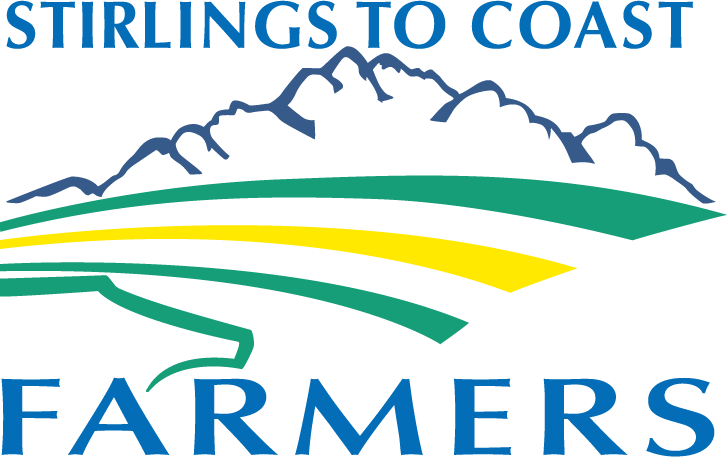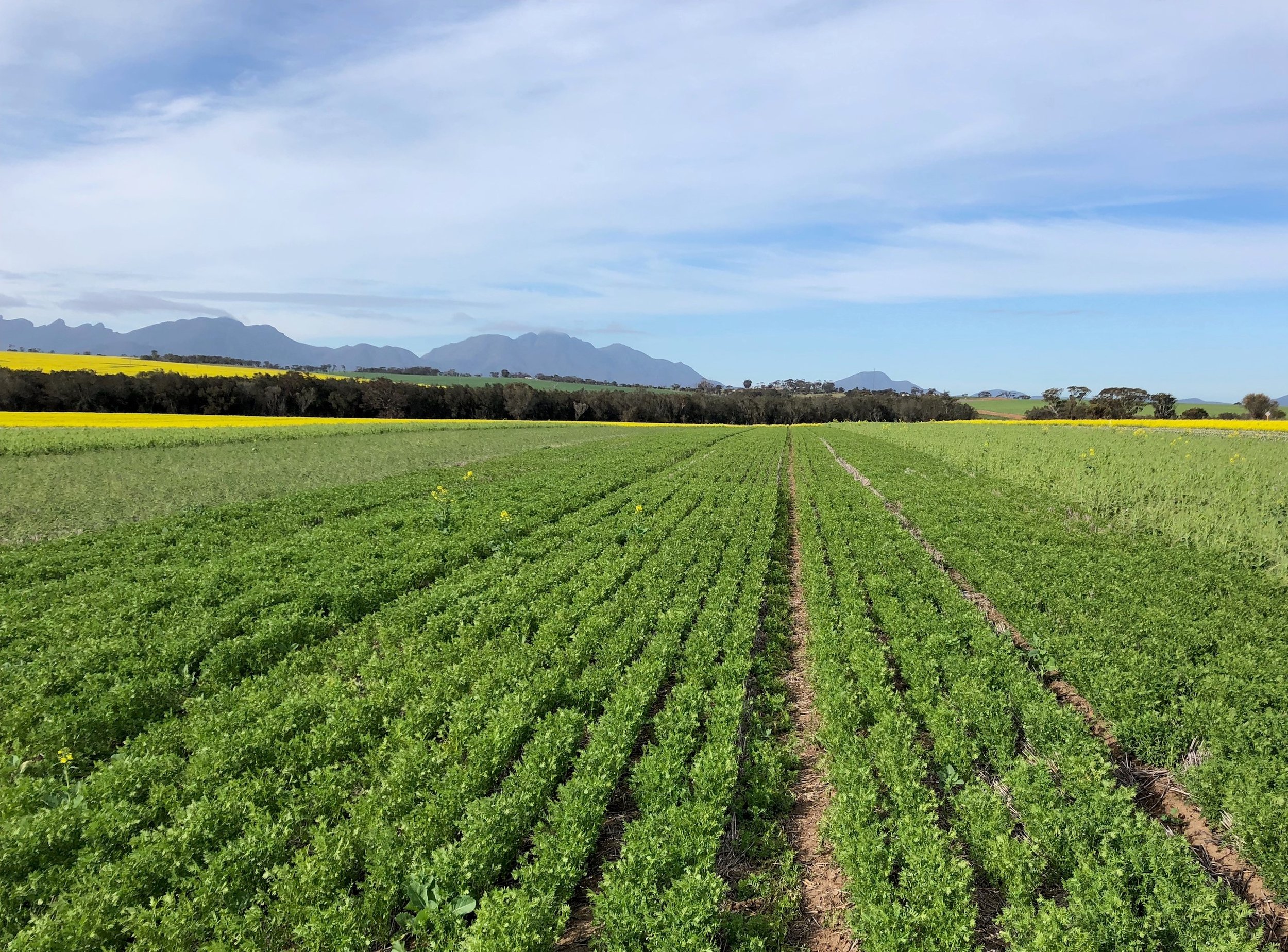Growing summer active legumes for winter nitrogen in the high rainfall zone
The GRDC has invested in a summer active legumes project led by Stirlings to Coast Farmers to explore the use of legume cover crops grown over summer to produce nitrogen for winter sown crops, in replacement of the traditional chemical fallow in the high rainfall zone.
Project Background:
Since January 2021, the price of urea has increased from $256/t to $1,026 (Australian Trade and Investment Commission, 2022). This has been driven by rising global energy prices and by Russia and China imposing fertiliser export restrictions in 2021 and constraining global supply. It has been predicted that continued conflict between Russia and Ukraine will further increase global energy and fertiliser prices.
This is currently a considerable concern for growers in Western Australia. Growers in the highly productive (and high-risk) Albany Port zone are looking towards management measures that will de-risk their nitrogen strategies.
An opportunity lies in utilising often plentiful residual soil moisture at harvest to seed a legume cover crop such as cowpea, lab lab, soybeans, vetch or other small seeded legumes that can be brown-manured and incorporated prior to seeding. This is in place of the traditional summer chemical fallow.
METHOD:
In the summers of 2022/23 and 2023/24, one small plot trial site will be established with up to 6 summer active legume species by three replications. Controls for comparison will be included. In the winter of both 2023 and 2024, a cereal crop will be established over these plots. The summer growing legume will be protected by planting a sacrificial crop around the perimeter of the small plot trial site. The trial will only be sown if adequate soil moisture is available in the top 10cm (rainfall preferred/irrigation available). In the first year of the project (2022/23) the small plot treatments will include:
Hairy Vetch
Common Vetch
Chickpea
Soybean
Lablab or Lucerne
Pigeon Pea
Chemical Fallow (farmer practice control)
Tilled fallow (tillage effect control)
The treatments will be seeded, inoculated (with advice from Ron Yates) and managed in line with best practice agronomy for each species selected with the aim of maximising biomass production and nitrogen fixation. The treatments will be replicated, randomised, and blocked to minimise spatial and environmental error, and ensure a robust data set can be collected. Two controls will be included in the trial, a chemical fallow (standard grower practice), and a tilled fallow, where the seeder will till the soil without seed. This will allow observation of the tillage effect on mineralisation over the summer fallow period.
Each species will be terminated at either of the following: peak biomass, prior to seed set, or at the time of the autumn knockdown spray if the previous two parameters are yet to be met. Termination will be conducted on an individual species basis, as each species will differ in growth rates, growth stage triggers, and seasonal response. The species will be monitored by SCF for growth stages and terminated by SCF.
Each year the following measurements will be completed to better understand the contribution of nitrogen (N) from the legume CC to the following winter cereal crops (to develop a comprehensive N budget). These measurements have been discussed and endorsed by Andrew Fletcher (CSIRO).
Full trial site soil characterisation, Predicta B, Soil tests to 30cm (prior to seeding each cover crop, prior to seeding each winter crop).
Deep N soil coring to at least 100cm, 3 soil intervals (prior to seeding each cover crop, prior to seeding each winter crop, mid-winter growing season, and ADDITIONAL (see below), for the first year’s trial site, mid-summer fallow 2023/24 and next winter crop (for 2nd year carryover N).
Legume crop establishment measurements (2 weeks after seeding or rainfall event) and weed counts (prior to chemical termination).
Soil moisture assessments (prior to seeding each cover crop and prior to winter cereal crop).
Nodulation score/assessment (Prior to chemical termination) – timing & method to be discussed with Ron Yates.
Legume biomass assessment and tissue test (prior to chemical termination).
Winter crop tissue tests GS31 and flag -1.
Winter crop harvest biomass and tissue test yield and grain protein
Deep N soil coring to at least 100cm, 3 soil intervals for second winter crop (first year one trial site) - recommended by A. Fletcher (CSIRO).
Drone Monitoring and data analysis - Biomass/NDVI and canopy cover - enhance results and provide an improved visual resource for extension of information to growers.
RESOURCES
Newsletter Articles
ACKNOWLEDGEMENT
Stirlings to Coast Farmers would like to thank the GRDC for investing in this project.


